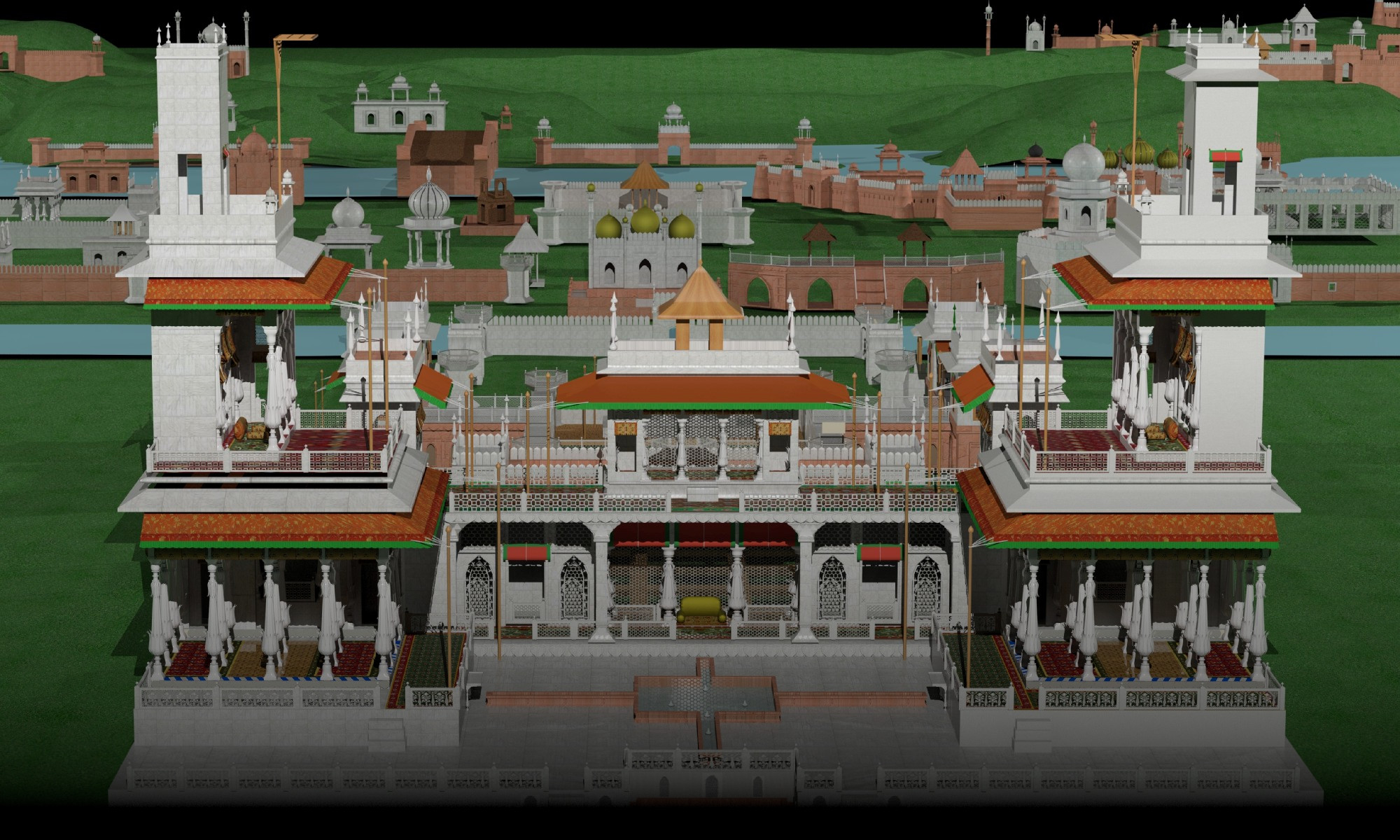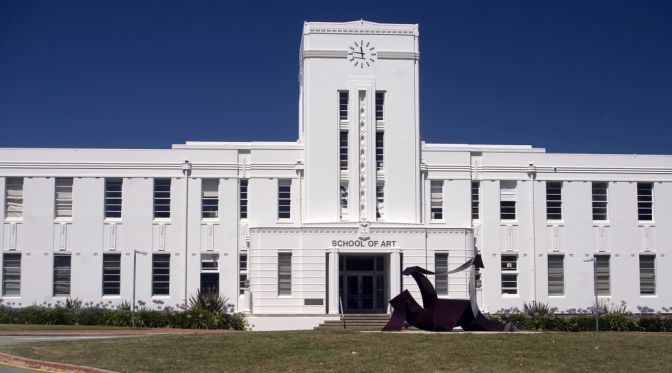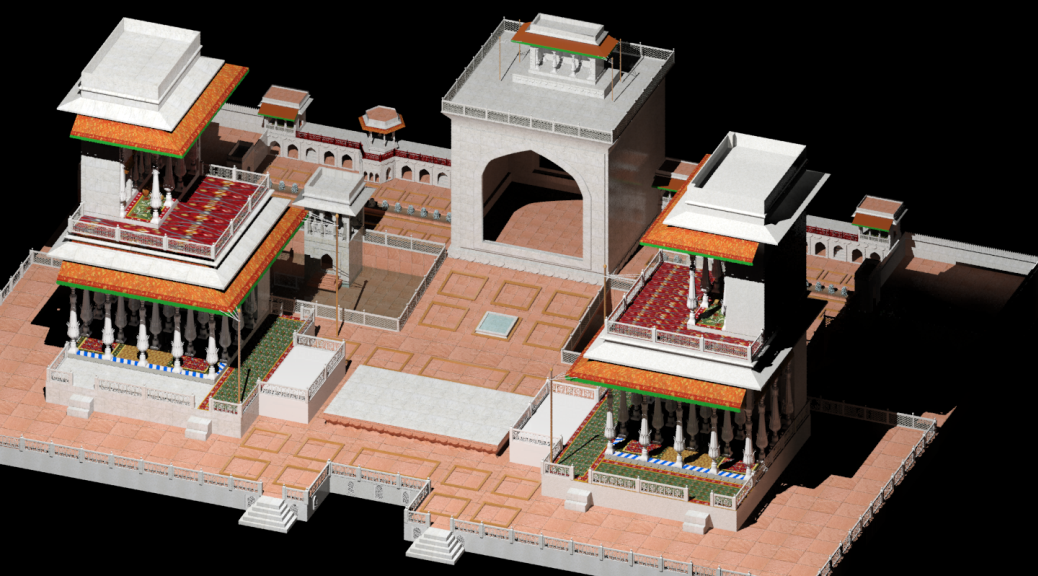Dr. Keshani will be presenting on the Model Images project at the symposium Recasting the Question: Digital Approaches in Art History and Museums on 5 November 2015. The symposium is presented by the Power Institute Foundation, University of Sydney, and the Research School of Humanities and the Arts, Australian National University, with support from the Asia Art Archive. The Convenors are Stephen Whiteman, Lecturer in Asian Art History, University of Sydney and Robert Wellington, Lecturer at the Centre for Art History and Art Theory, Australian National University.
PRESENTATION | Painted Space: 3D modelling Early Modern paintings from Awadh, India
Dr. Keshani will present on the Model Images project on Monday Nov. 2, 2015 at the scholarly gathering Digital Approaches in the Study of Early-Modern Visual Culture in Canberra, Australia. The Convenors are Robert Wellington, The School of Art Centre for Art History and Art Theory, ANU and Stephen Whiteman, The Power Institute at the University of Sydney. The gathering is funded with the generous support of
The ANU Research School of Humanities and Arts Visiting Scholars Fund and The Power Institute at the University of Sydney.
ABSTRACT
Suppose you decided to build a detailed 3D model of an 18th century miniature painting from Awadh, India. The painting is of an elaborate and architecturally complex gardenpalace with bejewelled women enjoying music and drugs. Space is represented with a distinctive Early Modern Indian hybrid of perspective and orthographic techniques, an entanglement of Anglo-European and late-Mughal spatial representation conventions. How does one go about converting the space represented into space a 3D modelling program can live with? What new kinds of questions or insights does making the model generate about the painting, the portrayal of space, and the gazes within, if any? Finally, what do you do with the model? How do you present and explicate what the model offers and what practical value and possibilities exist beyond the realm of scholarship? This paper chronicles the research process of the MODEL IMAGES project and examines the scholarly and practical values of making digital objects as a form of scholarship about transcultural visual cultures of Early Modern India. It proposes that the 3D modelling of paintings makes a worthwhile addition to the range of visually/spatially based methods of interpreting visual culture. The implication being that visual cultural analysis need not be a mostly textual affair, but one that necessarily entails the production of the visual.
3D Modelling Miniature Paintings
The Model Images project brings together art history and visual arts researchers to examine how 3D modelling software can be deployed as a tool for art historical and creative inquiry. Using 18th and 19th C North Indian (Awadh) miniature paintings the team is first tracing miniature paintings in AutoCAD tracing, developing multiple interpretations of the possible plans and elevations and building 3D models using Autocad and Autodesk 3DS max. The team is also deconstructing the paintings using Adobe Photoshop layers to analyze representations of carpets, portable objects, clothing, etc. We aim to be able to create a model of the paintings that one can walk into virtually and examine what new insights into the conception and representation of 3D space are possible as a result. Student researchers also benefit from acquiring practical drafting and modeling skills in conjunction with traditional humanistic research skills.
Date – June 2012 – present
Funding – Social Sciences and Humanities Research Council for Canada
Researchers – Hussein Keshani, Fan Yiqiang, Herraj Luhano, Robert Rast, Nadine Bradshaw, Alexa Porteous
Related Posts



